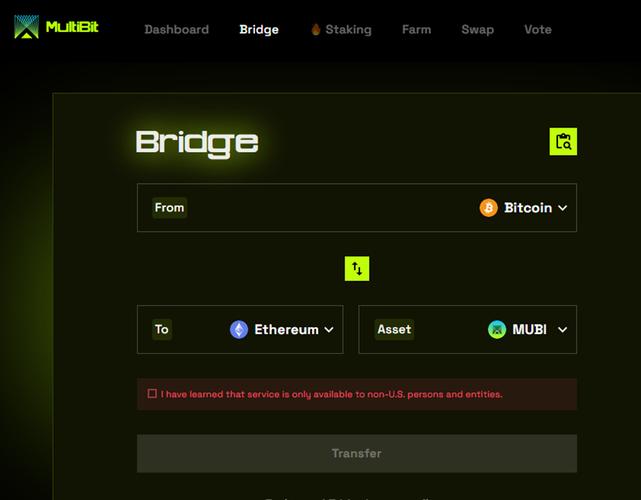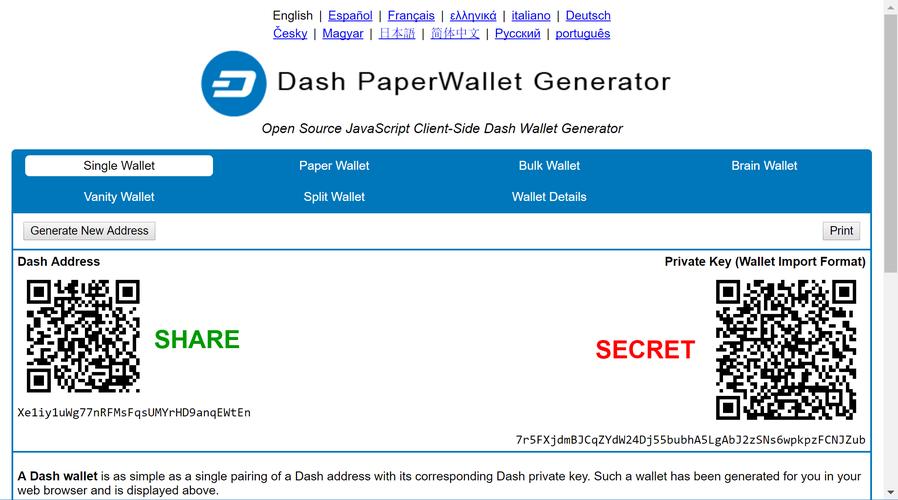
Bit, Ethereum, and Litecoin: A Comprehensive Guide
Are you curious about the world of cryptocurrencies? Have you heard of Bitcoin, Ethereum, and Litecoin but aren’t quite sure what they are or how they work? Look no further! This article will delve into the details of these three popular digital currencies, providing you with a comprehensive understanding of their unique features and functionalities.
What is Bitcoin?
Bitcoin, often referred to as the “gold standard” of cryptocurrencies, was created in 2009 by an anonymous person or group of people using the pseudonym Satoshi Nakamoto. It operates on a decentralized network called the blockchain, which ensures transparency and security. Bitcoin’s supply is capped at 21 million coins, making it a deflationary asset.

How does Bitcoin work?
Bitcoin operates through a peer-to-peer network, where users can send and receive payments without the need for intermediaries like banks. Transactions are recorded on the blockchain, a public ledger that is maintained by a network of computers. Miners, who are responsible for validating transactions, are rewarded with Bitcoin for their efforts.
What is Ethereum?
Ethereum, launched in 2015, is a blockchain platform that enables the creation of decentralized applications (DApps) and smart contracts. Unlike Bitcoin, which is primarily a digital currency, Ethereum is a platform that supports various applications beyond just financial transactions.
How does Ethereum work?
Ethereum uses a programming language called Solidity to create smart contracts, which are self-executing contracts with the terms of the agreement directly written into lines of code. These contracts run on the Ethereum network and are immutable, meaning they cannot be changed once deployed. Ethereum also has its own cryptocurrency called Ether (ETH), which is used to pay for transaction fees on the network.
What is Litecoin?
Litecoin, launched in 2011, is often referred to as the “silver” of cryptocurrencies. It was created as a Bitcoin fork, meaning it was derived from Bitcoin’s source code but with some modifications. Litecoin aims to offer faster transaction confirmation times and a larger supply cap of 84 million coins.

How does Litecoin work?
Litecoin operates on a similar blockchain network as Bitcoin, but with some differences. It has a shorter block generation time of 2.5 minutes, which results in faster transaction confirmation times. Litecoin also uses a different hashing algorithm called Scrypt, which is more energy-efficient than Bitcoin’s SHA-256 algorithm.
Comparison Table
| Cryptocurrency | Block Generation Time | Supply Cap | Hashing Algorithm |
|---|---|---|---|
| Bitcoin | 10 minutes | 21 million | SHA-256 |
| Ethereum | 15-20 seconds | Unlimited | Ethereum Virtual Machine (EVM) |
| Litecoin | 2.5 minutes | 84 million | Scrypt |
While Bitcoin, Ethereum, and Litecoin share some similarities, they also have distinct features that set them apart. Bitcoin is primarily a digital currency, Ethereum is a platform for DApps and smart contracts, and Litecoin aims to offer faster transaction confirmation times.
Understanding the differences between these cryptocurrencies can help you make informed decisions when investing or using them. Whether you’re interested in the potential of decentralized finance (DeFi) or simply want to learn more about the world of digital currencies, this guide should provide you with a solid foundation.



